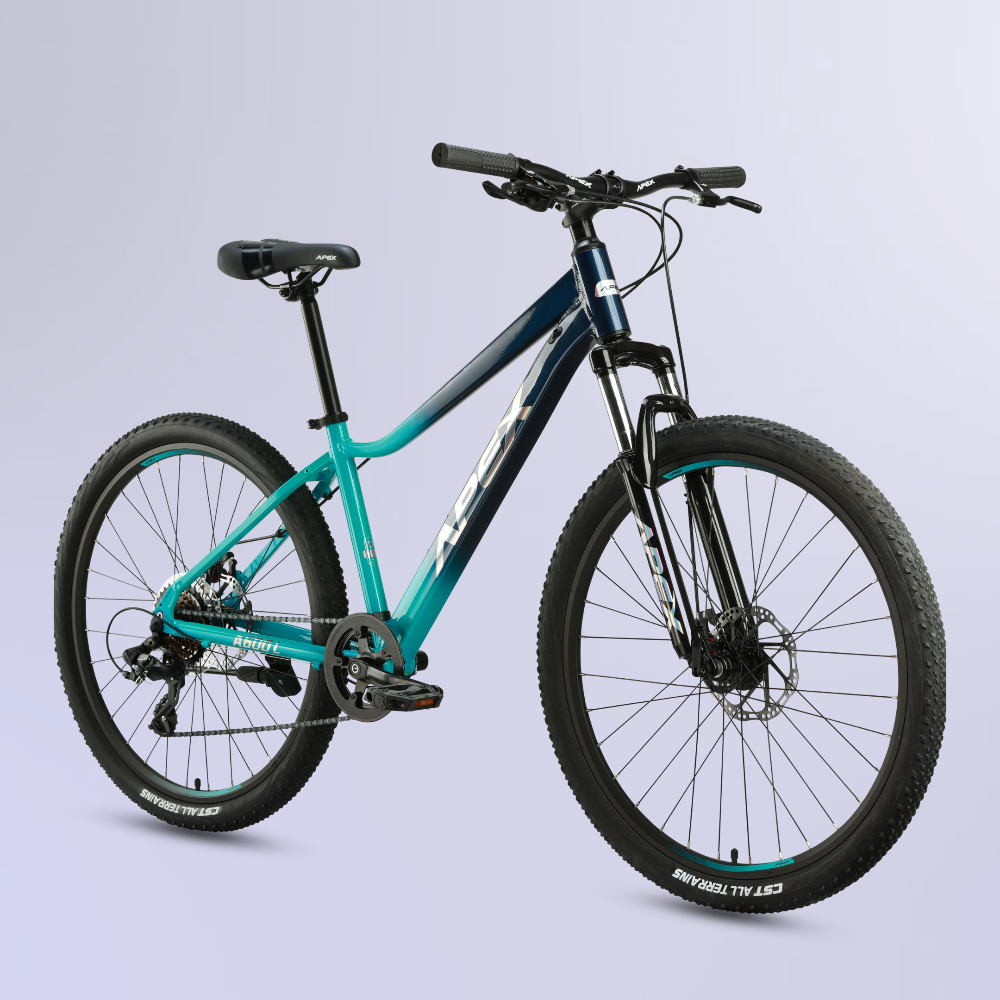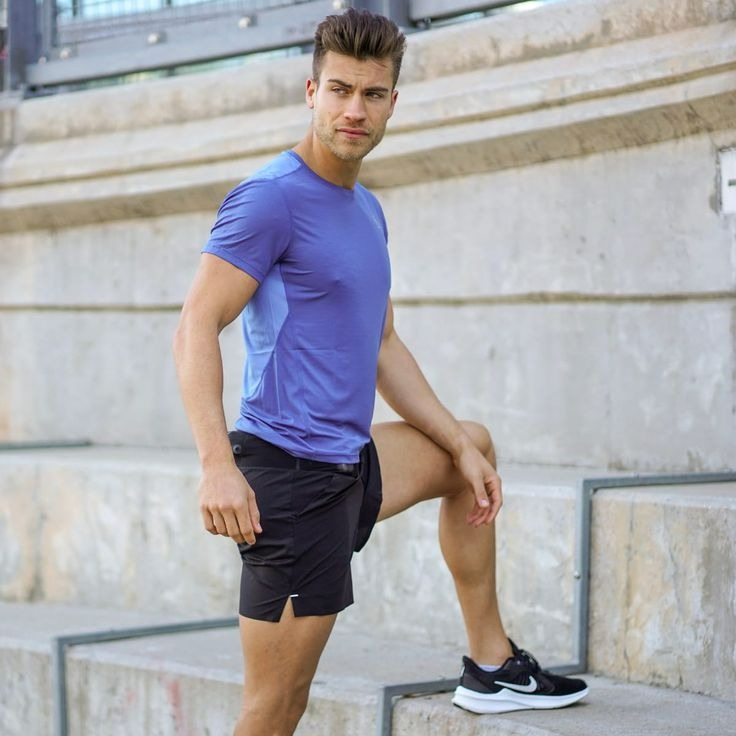Introduction to Bicycle Imagery
In today’s world, images speak volumes. Bicycle images, in particular, have taken on a life of their own. They capture emotions, tell stories, and inspire action. The love for cycling has grown tremendously in recent years. With this growth, the demand for striking bicycle images has also increased. These images can be simple snapshots or highly artistic representations of cycling. Each click of the camera captures a moment, a feeling, or an idea. When you see an image of a bicycle, it often stirs something inside you. It may remind you of freedom, adventure, or even nostalgia.
People use bicycle images in various ways. Advertisers use them to promote products. Magazines feature them to tell stories about cycling adventures. Social media is filled with images showcasing the beauty of cycling. These images not only promote the sport but also create a community. They connect cyclists all around the world. This sense of community is one of the most compelling aspects of bicycle images.
Types of Bicycle Images
Action Shots
One of the most dynamic forms of bicycle imagery is action shots. These images depict cyclists in motion. They capture the thrill of pedaling down a hill, the joy of racing with friends, or the tranquility of a long ride through nature. Action shots often focus on the intensity of the ride. You can see the determination on a cyclist’s face. The, the blur of the background adds to the sense of speed and movement. Photographers often use techniques to freeze these moments. High shutter speeds allow for clear images despite the fast action. The end result is a powerful image that makes you feel as if you are riding that bike.
Action shots can take place in various settings. They can be on a rugged mountain trail or a smooth city street. The background plays a huge role in the emotive quality of the image. For instance, a cyclist racing through a forest can evoke a sense of adventure. On the other hand, a shot of a cyclist in an urban landscape may symbolize freedom within the city. Each setting brings its own narrative to the image, enriching the overall story.
Portraits of Cyclists
Another significant category of bicycle imagery is portraits of cyclists. These images often highlight the individual behind the bike. They can be casual snapshots or stylized photographs that capture the personality of the rider. Portraits can reveal a cyclist’s passion, struggles, or achievements. Often, the background complements the character of the cyclist, giving context to the story. For example, a portrait of a mountain biker with a rugged mountain backdrop tells a very different story than a cyclist in a sleek racing outfit on a city street.
Additionally, portraits can be more intimate. They often capture the small details, such as a cyclist’s hands on the handlebars or their shoes clipped into the pedals. These close-ups can evoke emotion and create connection. A well-taken portrait can turn a simple image into a work of art. It becomes more than just a photo; it becomes a narrative about a life and a passion for cycling.
The Importance of Composition
Understanding Composition Techniques
When it comes to bicycle imagery, composition plays a crucial role. Composition refers to how elements in a photo are arranged. A well-composed image draws the viewer’s eye and tells a story more effectively. Photographers often use techniques such as the rule of thirds, leading lines, and framing to enhance their images. For bicycle photography, these techniques help to capture the dynamic nature of cycling.
The rule of thirds divides an image into nine equal parts. This allows for a more balanced and engaging composition. Placing the cyclist off-center creates tension and movement within the image. It pulls the viewer in and engages them with the moment. Leading lines, such as a winding road or path, can guide the viewer’s eyes toward the cyclist, creating a sense of direction and focus. Framing can also enhance the storytelling aspect by drawing attention to the cyclist. Natural elements like trees or mountains can frame the subject, emphasizing their journey.
Lighting and Mood
Lighting is another key component of effective bicycle imagery. Natural light often creates the best conditions for capturing dynamic moments. The golden hour, which occurs shortly after sunrise or before sunset, provides a soft, warm glow. This type of lighting can enhance the emotional resonance of the image. Sunlight filtering through trees can add a magical quality to a biking scene. Alternatively, twilight or cloudy days lend a dramatic feel to the imagery.
Different lighting conditions can also impact the mood of the photograph. Bright, sunny days suggest energy and vitality. In contrast, overcast skies may evoke feelings of introspection or calm. Photographers often experiment with light and shadow to deepen the narrative quality of bicycle images. The interplay of light can transform a simple scene into something extraordinary.
The Community and Culture Surrounding Bicycle Images
Building Connections Through Images
As mentioned earlier, bicycle images foster community. They create connections among cyclists of various backgrounds and experiences. Social media platforms are filled with hashtags related to cycling. Users share their photos, creating an online gallery of cycling experiences. From thrilling mountain rides to serene park trails, each image contributes to a larger story. When someone sees an inspiring bicycle photo, there’s a chance they may feel motivated to ride.
This sense of community extends beyond social media. Cycling events often showcase stunning bicycle photography. Competitions, races, and festivals highlight everything from professional cyclists to weekend warriors. These events generate buzz and excitement. Photographers document the action, creating stunning visuals that spread across various platforms. This exchange of images builds a collective narrative, celebrating the joy of cycling in its many forms.
The Role of Representation
Representation is another vital aspect of bicycle imagery. Images can reflect the diversity within the cycling community. They can showcase riders from different cultures, ages, and skill levels. It’s important to illustrate that cycling is for everyone. Images can challenge stereotypes and break down barriers. When people see themselves represented in cycling imagery, they may feel empowered to join the community.
Moreover, representation helps to expand the narrative around cycling. It moves beyond the idea of athleticism and showcases cycling as a mode of transportation, leisure, and fun. This broader representation allows more people to connect with the beauty of cycling. Every image telling a different story can encourage others to view cycling as a way to explore their own environments.
The Impact of Technology on Bicycle Imagery
Advances in Photography
Technology has revolutionized the way we capture bicycle images. Modern cameras, smartphones, and editing software provide incredible tools for photographers. Quality has improved significantly over the years. Today, capturing sharp, high-resolution images is easier than ever. This improvement allows photographers to experiment more with their craft. They can capture fleeting moments, like a cyclist’s expression mid-race or the beautiful play of light in a tree-filled trail.
With smartphones, almost anyone can become a photographer. Social media encourages sharing and promotes creativity. People often experiment with new angles and settings. This democratization of photography means that there are stunning cycling images emerging daily. Social media platforms create unique communities, where photographers share tips, techniques, and inspiration.
Influencers and Content Creators
In addition to advances in technology, the role of influencers and content creators cannot be overlooked. Many cyclists have turned into influencers who share their journeys through blogs, Instagram accounts, or YouTube channels. They provide tutorials, product reviews, and captivating bicycle imagery. This authentic representation resonates with viewers, making cycling more accessible.
Content creators often showcase the scenic routes they ride and the equipment they use. As people watch these creators, they become inspired to embark on similar journeys. Their stunning bicycle images can motivate others to get outside and ride. This shift toward personal storytelling brings a fresh perspective to bicycle imagery.
How Bicycle Imagery Influences Trends
The Rise of Bikepacking and Adventure Cycling
Bicycle imagery often reflects and influences trends within the cycling community. In recent years, bikepacking and adventure cycling have gained popularity. Captivating images of cyclists navigating remote trails and camping under the stars draw attention. This imagery ignites a desire for exploration. Adventure cycling images encourage both seasoned cyclists and newcomers to venture beyond their local routes.
As more photographers share stunning visuals of these experiences, the trend continues to grow. People want to experience the magic they see in these images. They start planning trips, investing in gear, and exploring new paths. Bicycle imagery creates a cycle (pun intended) of inspiration that fuels the popularity of these adventure trends.
Urban Cycling and Sustainable Transportation
The rise of urban cycling is also reflected in bicycle imagery. As more cities become bike-friendly, images showcasing well-designed bike lanes, colorful bikes, and happy cyclists in urban environments flood social media. These images highlight the joy of commuting and the benefits of cycling as a sustainable transport option. They show people enjoying the freedom that cycling offers, even in crowded urban settings.
As these images gain traction, they encourage city planners and policymakers to invest in cycling infrastructure. The growing demand for bike-friendly cities can be seen worldwide. Images of cyclists happily riding through a city help shift perspectives on transportation and sustainability. The cycle of influence continues, promoting a culture of cycling that benefits everyone.
Environmental Impact of Bicycle Images
Promoting Eco-Friendly Practices
Bicycle images can raise awareness about environmental issues. They naturally incorporate elements of nature, appealing to those who care about our planet. When people see beautiful images of cyclists riding through lush landscapes or scenic trails, they may become inspired to appreciate and protect those areas. This can lead to a stronger commitment to eco-friendly practices.
Many cycling organizations use stunning imagery as part of their campaigns. They promote cycling not just as a hobby, but as a way to reduce carbon footprints. A single bicycle image can evoke emotional reactions to environmental concerns. Viewers may feel motivated to contribute to conservation efforts. Photos of cyclists enjoying nature can remind others of the importance of preserving these beautiful spaces for future generations.
Challenge to Car Culture
Bicycle images also challenge car-centric cultures. They offer an alternative narrative about transportation. Instead of images portraying heavy traffic and pollution, photographers can showcase the simplicity and joy of cycling. When people see these visuals, it may shift their mindset about transportation options.
By featuring cyclists alongside vibrant green spaces, stunning urban environments, and picturesque trails, bicycle imagery provides compelling alternatives to driving. These images can help normalize cycling as a mode of transport, combating stereotypes tied to car culture. Ultimately, this helps promote a more sustainable, cycling-friendly approach to modern life.
Conclusion: The Future of Bicycle Imagery
Evolving Narratives
As we look toward the future, the narratives surrounding bicycle imagery will continue to evolve. New technologies will allow for innovative ways to capture and share images. Emerging platforms will facilitate new forms of storytelling, making it easier for virtually anyone to engage with cycling through photography.
From high-action shots to serene portraits, each bicycle image tells a story. The power of these images lies in their ability to connect people. They create a sense of community, inspire adventure, and promote environmental consciousness. As cycling continues to grow in popularity, so will the richness and diversity of its imagery.
Call to Action
Regardless of your cycling experience, consider picking up a camera or your smartphone. Capture your own journey through the lens of bicycle imagery. Document your experiences on the road, trails, or wherever your bike takes you. Share your passion for cycling. Your images have the power to inspire others.
Ultimately, bicycle images tell a story of freedom, adventure, and community. Let’s continue to promote and appreciate the beautiful world of cycling through photography. Together, we can inspire more people to embrace the joys of riding.





